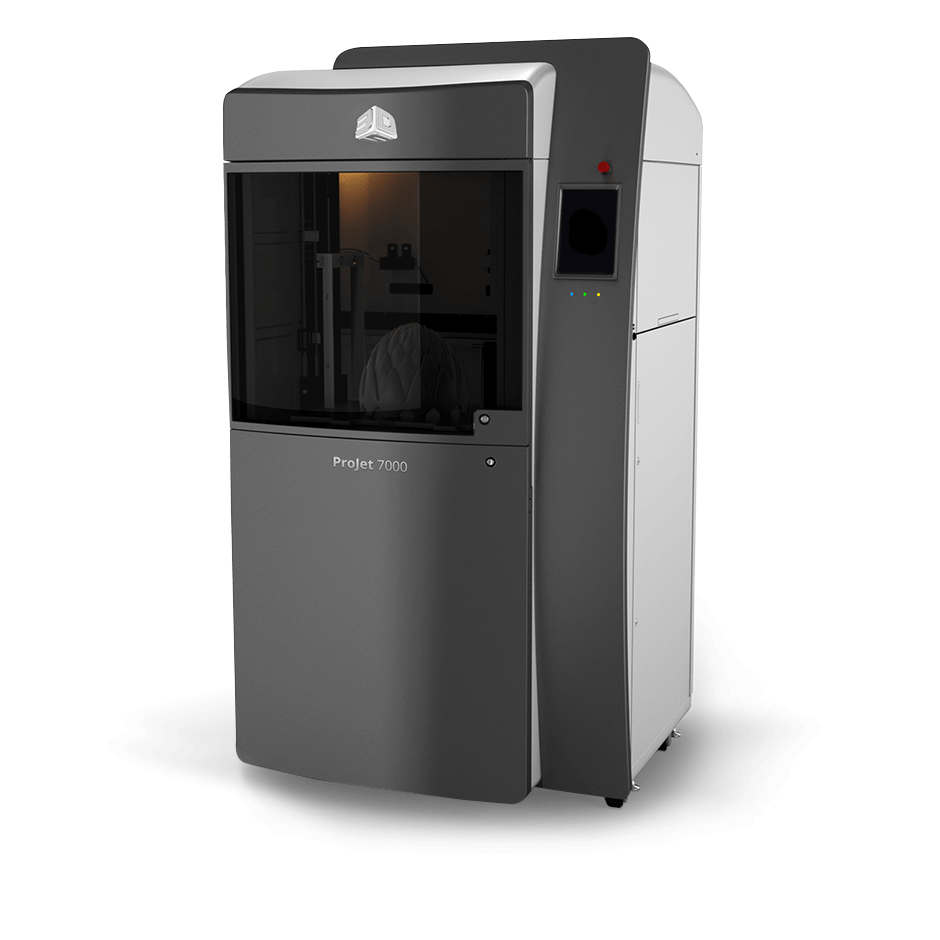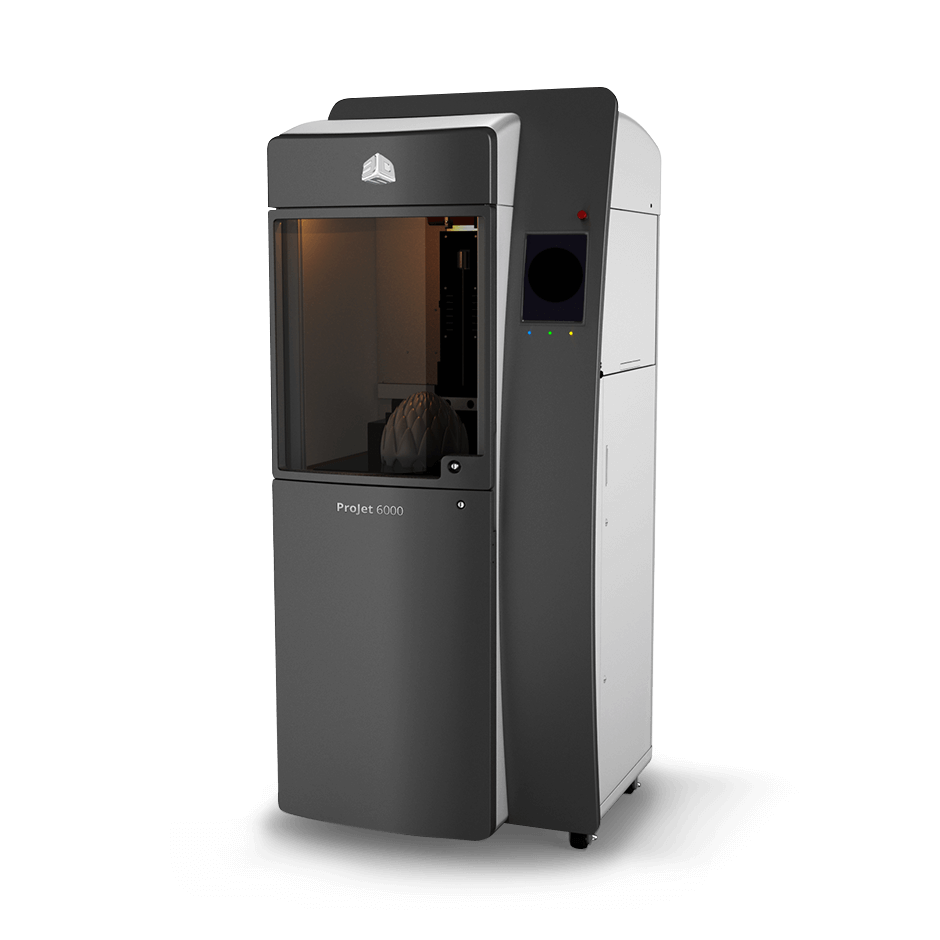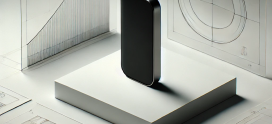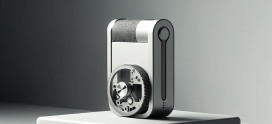
Kindness, Surgical Skills and 3D Technologies Help Bring Back a Smile for Blessing Makwera
3D Systems’ Virtual Surgical Planning (VSP) services and SLA 3D printing deliver patient-specific surgical guides to allow treatment of Blessings Makwera, who needed critical facial reconstruction surgery
3D Systems’ Virtual Surgical Planning services and SLA 3D printing deliver patient-specific surgical guides to allow treatment of Blessing Makwera, who needed critical facial reconstruction surgery
It’s easy to be cynical about claims that technologies are “life-changing” when often they simply automate a daily routine. In the case of 3D printing, however, it’s not just marketing hype. Ask Blessing Makwera.
After a tragic accident when he was 9, the 23-year-old Zimbabwean man now has the facial structure through which he can express his naturally sunny disposition with a deep, rich smile. The new face was made possible by the joint efforts of Operation of Hope, Sharp Memorial Hospital and 3D Systems.
Help from another continent
Blessing was injured when a land-mine detonator blew up in his mouth, severely damaging his upper and lower jaws, tongue, lips and teeth. He was discovered during a surgical mission to Zimbabwe led by Jennifer Trubenbach, president of Operation of Hope, a California-based organization that offers life-changing surgical care to people in underserved areas of the world.
It was easy for Trubenbach to want to help Blessing.
“He has this contagious spirit that inspired all of us, despite his unfortunate circumstances. He never complains, he’s always grateful and finds the silver lining with everything in life.”
Trubenbach arranged for Blessing to get help from Sharp Memorial Hospital in San Diego, Calif. Surgeons at the hospital donated two years of time and expertise to rebuild Blessing’s face and give him new teeth. Dr. Joel Berger, oral and maxillofacial surgeon, reached out to 3D Systems to provide Virtual Surgical Planning (VSP®) services for Blessing.
“We have worked with Dr. Berger to help pre-plan a wide range of surgeries,” says Mike Rensberger, who spearheads 3D Systems’ VSP Reconstruction services, part of the company’s 3D healthcare offerings. “We’ve assisted with everything from corrective jaw surgery to maxillofacial trauma to fibula free flaps like Blessing’s case.”
A four-day prep schedule
The initial surgery to reconstruct Blessing’s upper and lower jaw required an extraordinarily choreographed engagement between the hospital team, led by Dr. Berger and plastic surgeon Dr. James Chao, and the 3D Systems team, led by Rensberger.
The fibula free flap operation involves taking bone, tissue and vessels from the fibula and reconfiguring them to form an upper and lower jaw connected to blood vessels in the neck. The operation was familiar to Rensberger and his team, but the time frame in this case was daunting: Blessing arrived on a Tuesday flight and surgery was scheduled on Saturday, just four days later.
Blessing’s CT scans arrived at 3D Systems healthcare services facility in Golden, Colo., on Wednesday at 10 a.m. Engineers immediately began extracting the 3D anatomical information needed to visualize the surgery in 3D. Within two hours, the Sharp Memorial and 3D Systems teams were in a web meeting, viewing Blessing’s medical images. Over the course of an hour, they mapped out the surgical plan.
“I was running the surgical planning software on my computer in our offices in Golden while surgeons viewed my computer screen and directed the cuts and movements from a conference room in San Diego — all in real-time 3D,” says Rensberger.
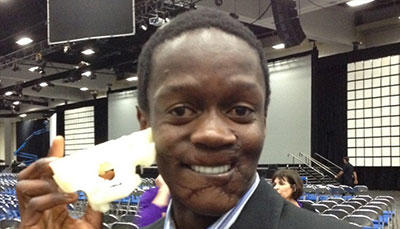
3D printing aids surgeons
Along with the 3D surgical plan, 3D Systems used its stereolithography 3D printers to create models and tools based on Blessing’s unique anatomy. The stereolithography (SLA) process prints thin layers of an ultraviolet curable material one on top of the other to form a part or assembly.
The Virtual Surgical Planning team uses 3D Systems ProX 800 and ProJet 7000 SLA printers. The ProX 800 is known for its wide range of materials and outstanding surface smoothness, feature resolution, edge definition, and tolerances. The ProJet 7000 HD is ideal for dental applications, offering materials with tensile and impact strength that are resistant to high temperatures.
Blessing required three sets of 3D printed models and tools:
- A reconstructed mandible (lower jaw) model with a matching plate-bending template, plus a reconstructed maxilla (upper jaw) model. These were used by surgeons to pre-bend a titanium reconstruction plate prior to surgery, saving valuable operation time.
- Mandible and fibula cutting tools to guide the surgeon’s saw blades in the operating room.
- Mandible and maxilla models used for reference during the operation. These models show surgeons what is hidden beneath layers of soft tissues. They gave surgeons hands-on experience with Blessing’s jaw anatomy before starting surgery.
The materials used for the models, guides and templates needed to have the ability to be sterilized and approved for use in the operating room. Rensberger and his team selected two 3D Systems resin-based materials: a translucent one that allows for selective coloration of tooth roots and nerve canals; and an opaque white material with superior mechanical properties that was used for the cutting guides, templates and post-operative models.
“Since Blessing lacked normal anatomy to refer to while designing the reconstruction, a set of normalized anatomy was used to help with sizing and shaping the fibula free flap segments to give him a normal appearance,” says Rensberger.
By Thursday afternoon the 3D printed surgical guides were completed and sent overnight to San Diego. Surgeons reviewed the physical templates, guides and models on Friday and declared them ready for Saturday’s surgery.
Return of the smile
The 12-hour surgery was a success, and Blessing Makwera now had a jaw that looked and functioned as a normal one would. In a letter to the 3D Systems team, Dr. Berger praised the virtual surgical planning and 3D printed models and tools:
“The surgical planning and guides that you constructed allowed the two surgical teams to efficiently and quickly reconstruct the defects. The models, guides and templates were accurate, set very nicely, and allowed the surgery to go through without a hitch.”
In a later surgery, Blessing received implants in his new jawbone to support a dental prosthesis, giving him his smile back. 3D Systems created patient-specific models used in pre-surgical planning for that procedure. These models, 3D printed using multiple materials, allow clinicians to comprehensively analyze bone volume, understand the proximity to nearby critical anatomical landmarks, and prepare for oral-maxillofacial surgeries with relative ease.
Blessing Makwera now smiles, laughs, speaks and eats freely. He is currently attending the College of Western Idaho and helps pay his own tuition through fixing motorcycles with parts he finds at junkyards.
The phrase “making a difference” is often used carelessly, but in the hands of Operation of Hope, Sharp Memorial Hospital and 3D Systems, its true meaning is revealed. Just ask Blessing Makwera.

